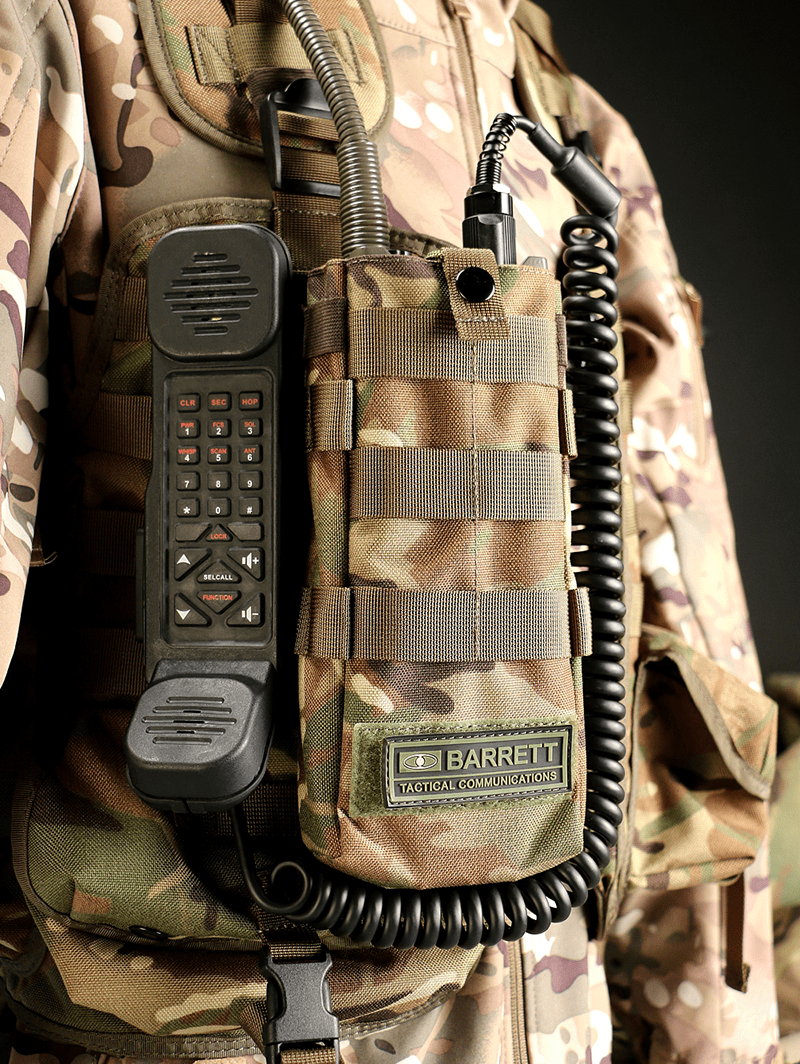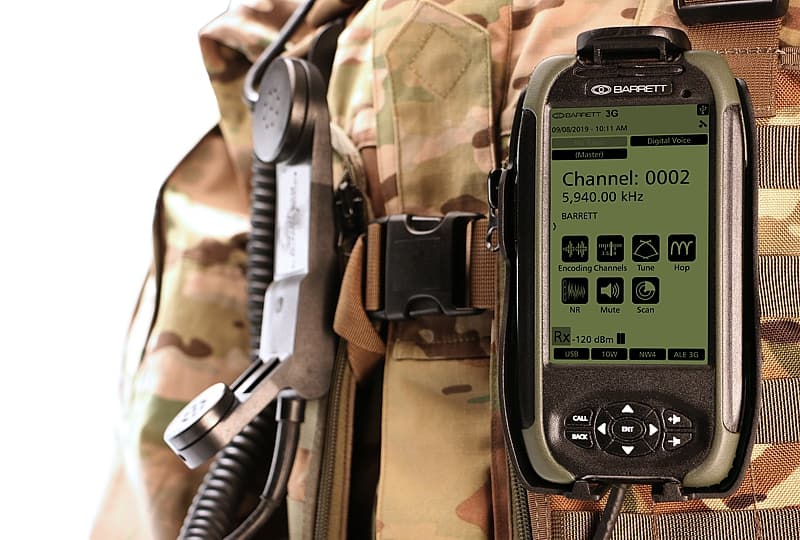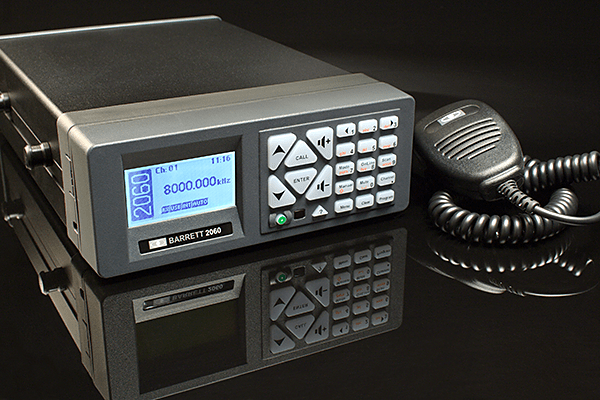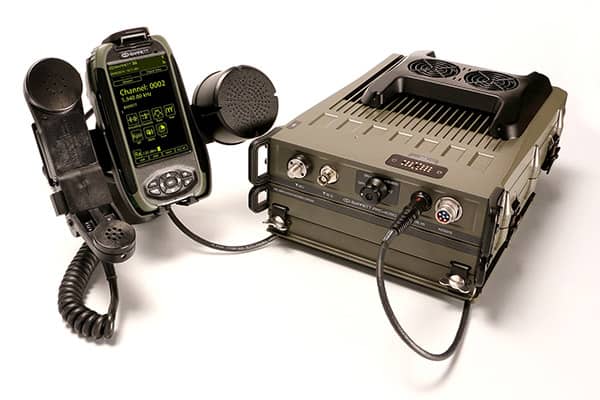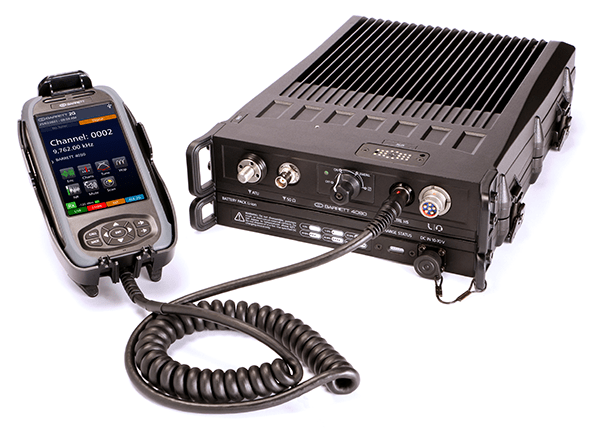What is VHF radio, and how is it different from UHF?
What is VHF radio, and how is it different from UHF?
Though the terms VHF (very high frequency) and UHF (ultra-high frequency) are sometimes used interchangeably, they refer to different segments of the electromagnetic spectrum. As such, they both offer unique functionality for commercial applications as well as tactical radio usage. We’ll explore how the scientific properties of VHF and UHF vary and offer some insights about the best uses for these ranges. They share many similarities, but they are quite distinct.
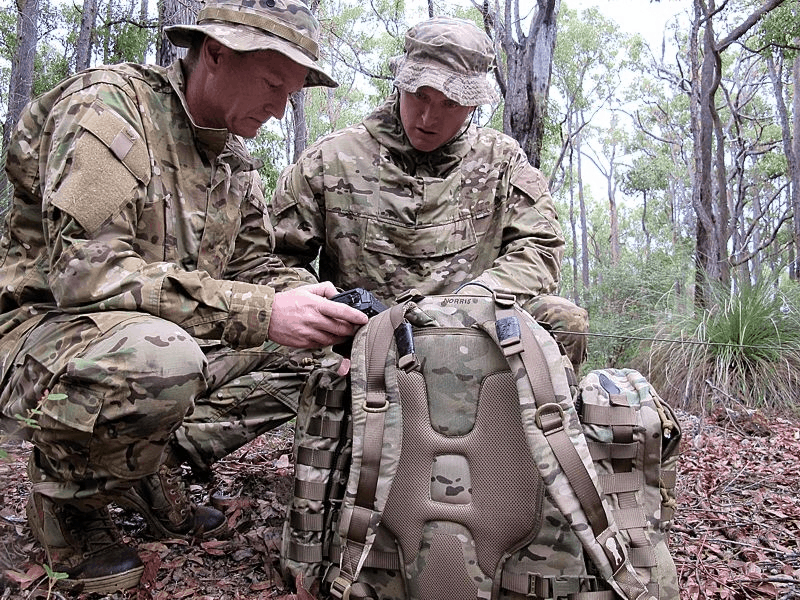
VHF radio is ideally suited for tactical communications.
The science behind VHF and UHF
Differences of frequency and wavelength between VHF and UHF bands result in unique features for both categories.
VHF
VHF refers to radio waves operating in the range of 30 to 300 megahertz with a shorter wavelength than high-frequency (HF) bands.
These bands, as with those in the UHF spectrum, are limited to a range within the line of sight (LOS), since they are not refracted by the ionosphere like lower frequency bands. Occasionally, atmospheric conditions may be suitable for a phenomenon known as ducting that can extend the range of VHF beyond its normal radius (typically just a few kilometres in any given direction).
UHF
Frequencies between 300 megahertz and 3 gigahertz belong to the UHF bands. Transmissions in this range have an even shorter wavelength than those in the VHF range.
Because of these features, UHF radio has a shorter broadcast range than VHF radio: often only to a single-kilometre radius. Both VHF and UHF radio waves can be distorted by the presence of physical objects between the transmitting and receiving antennas.
Applications for VHF and UHF
Owing to their distinct properties, VHF and UHF serve different purposes for commercial and tactical applications.
VHF
VHF radio can be transmitted and received using lighter, portable equipment, meaning that it can provide an advantage for small, separate units that need to communicate with one another across open space within an LOS range.
UHF
Due to greater competition from fixed-frequency broadcasting in the UHF spectrum, and because of its limited broadcast range, UHF communications are less suited to tactical applications than VHF radio. However, UHF can be transmitted and received across limited distances using shorter antennas than VHF. These features make it well suited for indoor communications.
If you’re interested in exploring how VHF radio can help facilitate tactical operations, contact Barrett Communications for more information today.

